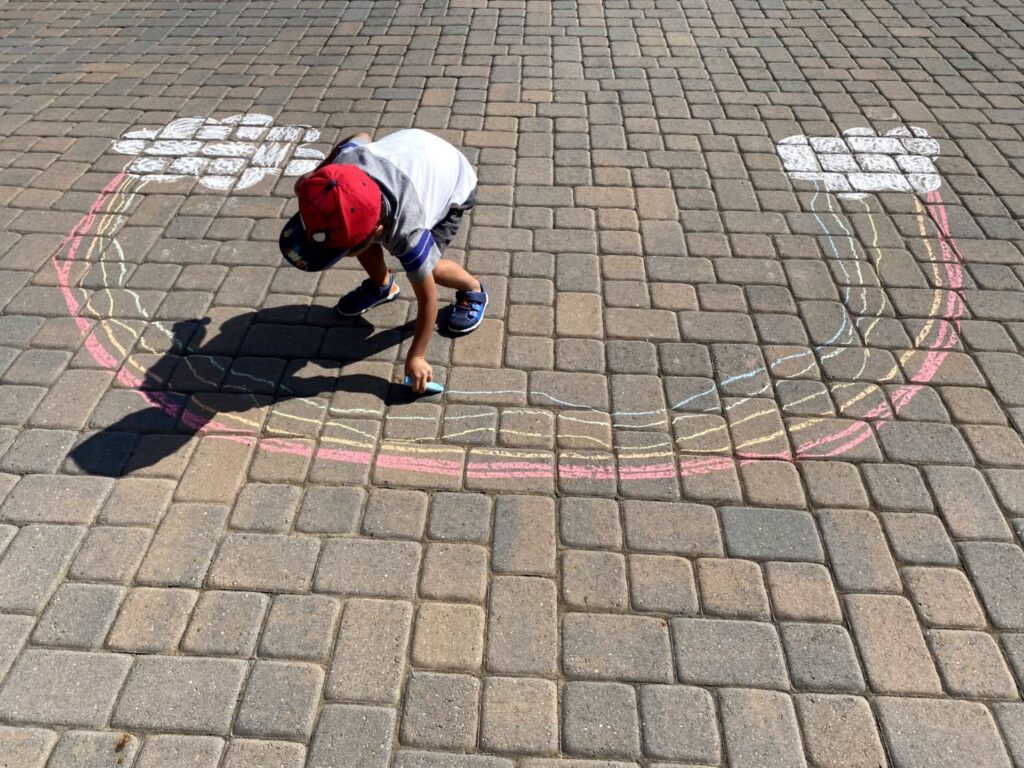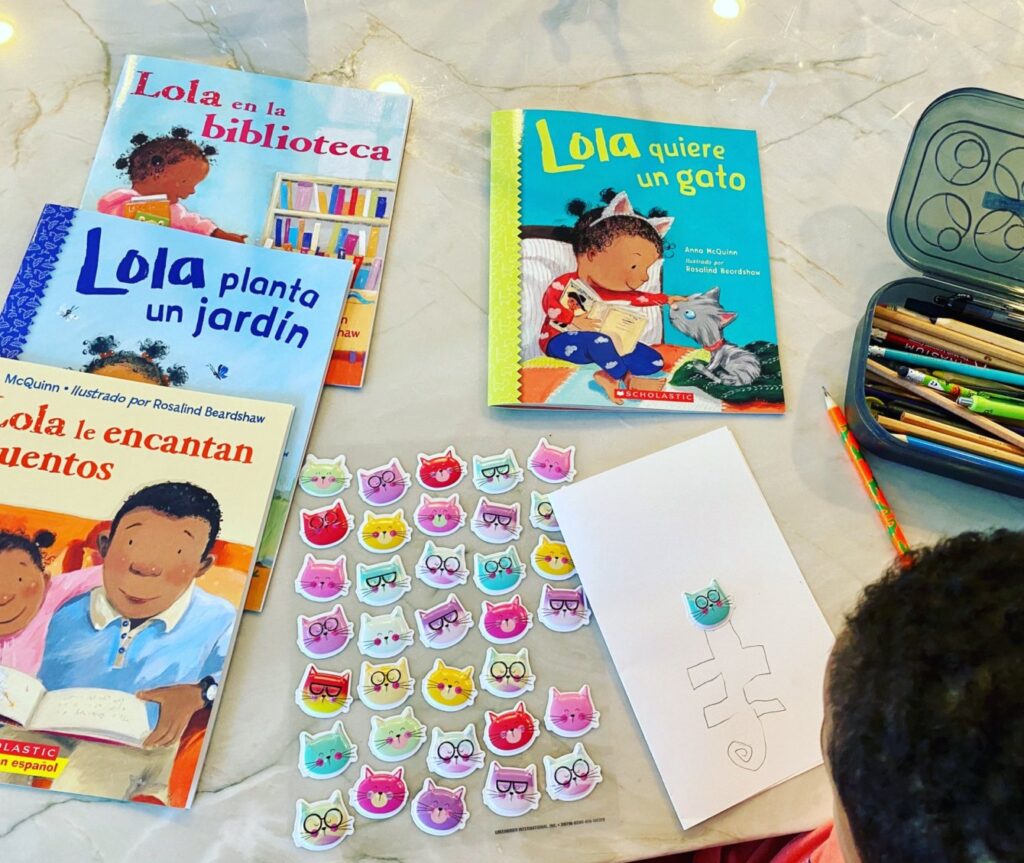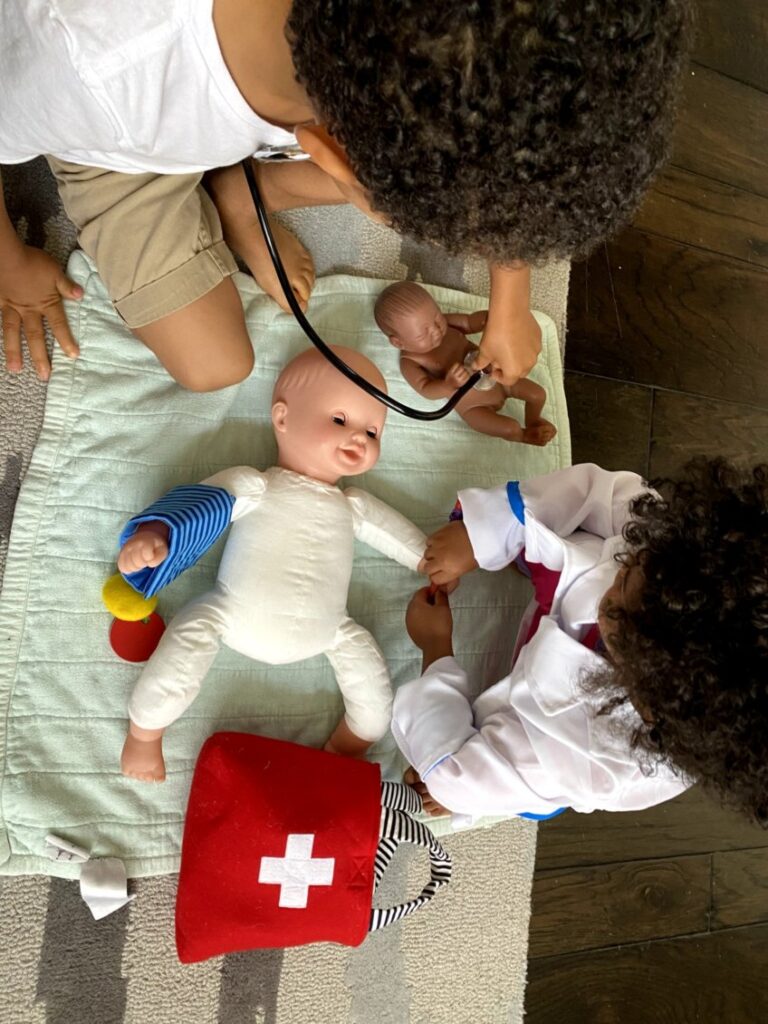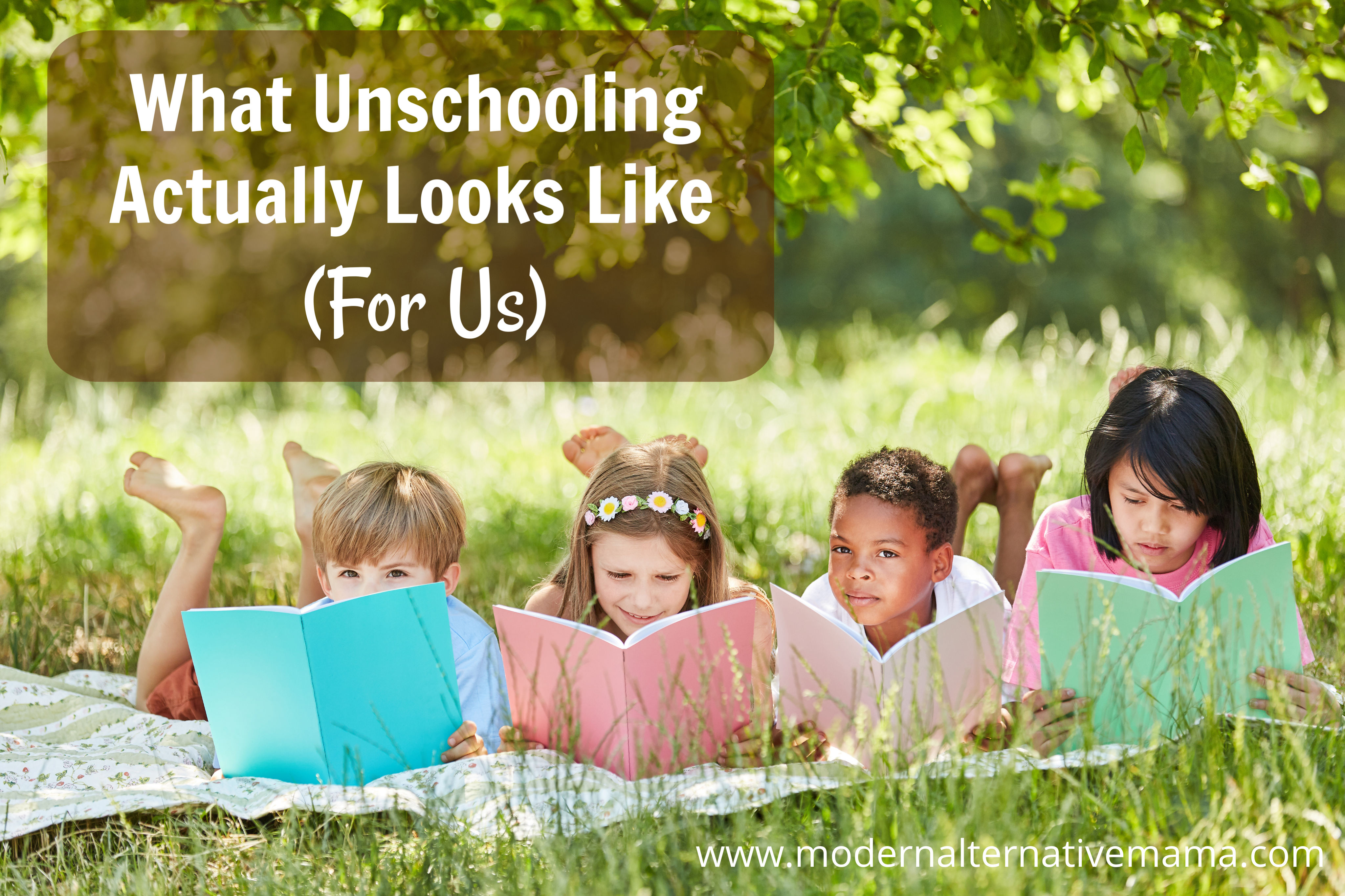It takes some work to show your children a diverse and inclusive world. Don’t know where to begin? Here are four steps you can implement to make a meaningful difference in how your children see and treat others.
By Miranda, Contributing Writer
“We are living in a time of intense social divides,” said Rutgers law professor Elise Boddie. Neighborhoods, classrooms, and social circles still primarily look segregated. With Covid-19 in our midst, more children are doing virtual learning or being homeschooled. Therefore one of the most powerful tools in reversing generations of hatred, discrimination, and division, rests in parents’ hands. While that may feel like a very heavy burden, I want to show you some easy steps to diversify your children’s education and teach them inclusion. Let’s put ourselves in other’s shoes and teach our children empathy, compassion, and an improved way forward.
1. Be a Role Model and Prioritize
It can be hard to break mindsets and behaviors after years of social conditioning, but the first step is to open our own eyes. Educate yourself and acknowledge your own biases. With a topic like this, a common response from adults can be to make excuses or to get defensive.
Please, just listen.
I am a Latinx woman and I have biases against women and Latinos. That’s a fact. I hate that I do, but I do. Only by being aware of this can I start to challenge and change the way I view things, and the way I react to the outside world. Here are some suggestions to tap into this:
- Take a few minutes to do some of the online tests at Project Implicit on the Harvard website. They take about 10 minutes or so and really shine a light on your thinking.
- Watch a TedEx talk by Verna Myers on implicit bias. There’s also a lot of other great speakers and topics related to race and inclusion.
- Listen to a podcast or read a book like “Why are all the Black Kids sitting together in the Cafeteria?”
Because our society’s default is to show things through a white lens, it takes some work to show your children a diverse and inclusive world. This will be an ongoing process, not just a one-time effort. If you make this a priority for your family, you can make a meaningful difference in how your children see and treat others.

Photo by Miranda
2. Choose Diverse Resources
As a parent or a home educator, you are not alone in this task. The saying, “It takes a village” applies here. Seek resources that can make a difference. An easy place to start is with the BOOKS your children read. Dr. Rudine Sims Bishop, a children’s literature scholar, says: “Books also act as windows into other cultures, allowing us to travel to other places and connect with others who are not exactly like us.”
The task: Read more books with individuals that do NOT look like your kids! For white families, these do not have to be books entirely about Black History, the Civil Rights movement or Dr. Martin Luther King Jr. These can just be books that show ordinary Latino, Asian or Black kids doing everyday things.
Use books to have amazing discussions with your children about how different people live and feel. Your local library is a great place to begin your search. You can find a lot of diverse read-along books online too. Try Storylineonline.net or Readbrightly.com.
In addition, think twice about the TV SHOWS and MOVIES your children watch. Seek out movies that show other cultures, languages, and customs. For family movie nights, take 5 extra minutes to source a movie with a more diverse cast. Here are some movies that might be of interest:
- Netflix: Pachamama, Finding ‘Ohana, Over the Moon, The Main Event, Fe@rLeSS
- Disney: Moana, Coco, Mulan, The Princess and the Frog
For preschool or elementary-aged kids, here are some TV show suggestions:
- Doc McStuffins
- Daniel Tiger
- Go, Diego, Go!
- Santiago of the Seas
- Nella and the Princess Knight
- Blaze and the Monster Machines
- Mira, Royal Detective
Lastly, if you are HOMESCHOOLING, consider how you can bring more diverse representation into the lesson planning and materials. For example, do the worksheets show children with different skin tones? Are your kids seeing people with disabilities?
Some advice from SpanishMama, a mother and teacher blogger raising bilingual children: “Create lessons featuring a variety of voices, experiences, and cultures.” Throughout the year, teach your children about different holidays celebrated around the world and within the United States. This year, my own five year old learned about Diwali, Kwanzaa, and Three Kings Day.
Teach your kids about minority trailblazers like Harriett Tubman, Sonia Sotomayor, Garrett Morgan, Madame C.J. Walker, Malala Yousafzai, Ellen Ochoa, and more. Even for the littlest crowd, there are board books out there that can make your bookshelves at home more inclusive and representative.
I’ve found that kids can learn about amazing people in almost every “subject” of school. If you are doing an art lesson, teach them about Frida Kahlo and Jean-Michel Basquiat, stock your art cart with multicultural art supplies, or do some specific arts & crafts with your preschoolers. If you are doing a music lesson, teach them about Lin-Manuel Miranda or Stevie Wonder. Show them instruments from around the world and listen to songs from other continents. If you are doing a science lesson, teach them about famous scientists like George Washington Carver, Katherine Johnson, and Sylvia Earle. There are endless ways to weave diversity into lesson plans and materials.

Photo by Miranda
3. Get Uncomfortable
It’s easier to strike up a conversation at a park with a mom who dresses like you, has similar skin color, and whose kids are the same age. Get uncomfortable and widen your family’s social circle. Make it a point to make friends with people who look totally different than you. Maybe you hear someone speaking multiple languages or a woman wearing a hijab…that’s your opportunity and that is how you start to model behavior of inclusion. This is how your son or daughter’s next best friend may end up being from a totally different culture, background, or race.
Think twice about the “bubble” most of us live within. What is your church like? What is your neighborhood like? What is your school like? Do your children’s dolls all have the same skin tone? You can make “diversity” a more prominent criteria in these choices.

Photo by Miranda
4. Have Open Conversations
Our children are curious and they are sponges. They soak up everything. Talk to them and listen to their questions. It’s time that families started discussing topics that our society has all-too-often deemed “off-limits” at the dinner table. Kids do see differences and they do see skin color. Ignoring these difficult conversations is not the solution. PBS has compiled some great tips and resources for parents to engage with their children. They reiterate, “children are never too young to learn about diversity.”
Don’t feel ashamed to tell your children that you may not have all the answers. We can constantly learn and grow, even as adults! Whatever you do, just “keep the conversation going”. Make your home a place where your children can be curious and are allowed to ask any question.
As parents, we can raise the future generation to be peacemakers. With just one planet, we will either learn to co-exist and leverage our unique differences or we will repeat the horrendous mistakes of the past. Now more than ever, these life lessons must be put into practice: Treat others like you would like to be treated. Put yourself in other’s shoes. Be a friend, not a bully. Have empathy and compassion. Celebrate differences. Everyone is unique.






